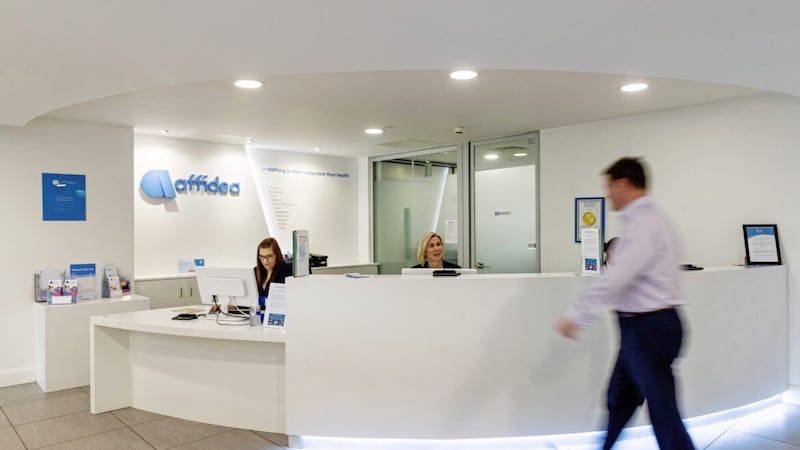NOW that schools have reopened, businesses are ramping up plans to bring employees back to the workplace. It requires great resilience, huge adaptability and, in many ways, reinvention.
Many local businesses have staff in a few days a week, while others have a weekly rota dependent on capacity to ensure social distancing.
Early this month, a Belfast Chamber of Commerce survey suggested that only five per cent of us have returned to full time work, around 35 per cent continue to work from home with the rest splitting their time between the two.
What is clear is that it is going to be a slow process. Everyone’s personal situation is different and not everyone wants to be back just yet. Remote working technology has served many businesses well and it is likely to be a feature of our ‘new normal’ workplace for some time yet.
However, what is also clear is that the threat of further lockdowns and the swift return to home working may never seem too far away as evidenced by the new Covid-19 restrictions recently implemented in Belfast, Ballymena, Armagh and other parts of Northern Ireland.
In all the uncertainty, businesses will still need the flexibility to ensure employees can continue to work from home while also managing the challenges of new office layouts and staggered schedules.
To many of us, it seems clear that remote working will become the norm at some point and in the meantime, it will remain vitally important that employers can easily switch between office and home. It really is, unfortunately, a simple matter of planning to come back but preparing to go.
Once you have considered all the possibilities for a safe return, you will undoubtedly be considering countless IT improvements to ensure the benefits your business enjoyed during lockdown can continue to yield the results you need.
With nearly half of all UK working adults now equipped with new skills and technological know-how to operate remotely compared with just five percent before the pandemic. It is helped to ensure some level of continuity, saved money and time, and most people report a higher level of productivity than they ever dreamed possible.
But can your business do more? It is a great question and one easily answered.
Many will think that they have done enough. However, the forward-thinking businesses will be keen to explore the fuller potential of the technologies on offer, to ensure they are best placed to weather any new storm and improve their competitiveness.
Notwithstanding that most people still crave human interaction – and there are many jobs where face-to-face interaction is required – there is plenty of cost-saving IT solutions to add to your belt so you can free up more time.
Adding greater cloud capacity, exploiting the huge potential of uses of Microsoft 365 and MS Teams and ensuring your telephony solution can adapt to changing circumstances seamlessly remain essential.
Powered by the Covid-19 crisis, digital transformation is moving faster than ever and it is about to get faster as more and more services migrate to the cloud, adding greater flexibility and resilience to your business.
In an uncertain world, future proofing is the least we can do.
:: Eric Carson is co-founder, owner and chair of Rainbow, Northern Ireland’s largest independent supplier of telecommunications services









